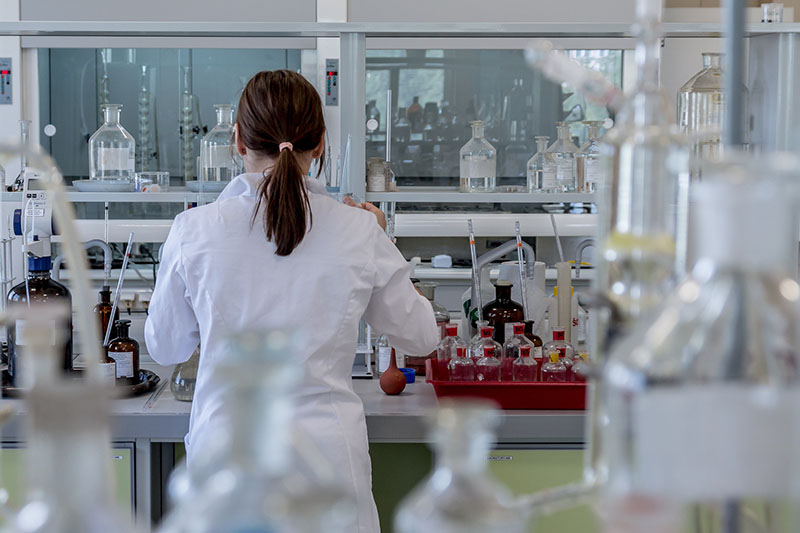EPJ D Highlight - Chemotherapy drugs react differently to radiation while in water
- Details
- Published on 30 July 2019

A new study looked at the way certain molecules found in chemotherapy drugs react to radiation while in water, which is more similar to in the body, compared to previous research that studied them in gas
Cancer treatment often involves a combination of chemotherapy and radiotherapy. Chemotherapy uses medication to stop cancer cells reproducing, but the medication affects the entire body. Radiotherapy uses radiation to kill the cancer cells, and it is targeted to the tumour site. In a recent study, published in the journal EPJ D, researchers from the Leopold-Franzens-University Innsbruck, Austria, studied selected molecules of relevance in this context. They wanted to see how these molecules were individually affected by radiation similar to that used in radiotherapy.
Certain molecules found in common chemotherapy drugs are known for being radiosensitisers, which means they increase the DNA damage and tumour cell killing rates of radiotherapy. Other types of molecules in chemotherapy drugs have the effect of preventing DNA from being duplicated and repaired. In particular one process which is important for the interaction of such radiation with the molecules of interest is ionization. Ionization happens when a radiation particle collides with a molecule, and subsequently an electron is expelled from the molecule.
One main finding of the study was that the presence of water, which is usually the case in biological matter, can affect the ionization process a lot. This is important because many experiments simulating such radiation damages are conducted in the gas phase. ‘However, to describe this process in a more realistic setting, the aqueous environment needs to be taken into account,’ says co-author Stefan Huber. The authors hope the results will eventually help to improve the way radiation is used for cancer treatment.
S. Huber and A. Mauracher (2019) Electron impact ionisation cross sections of fluoro-substituted nucleosides, European Physical Journal D 73: 137, DOI: 10.1140/epjd/e2019-90708-9




